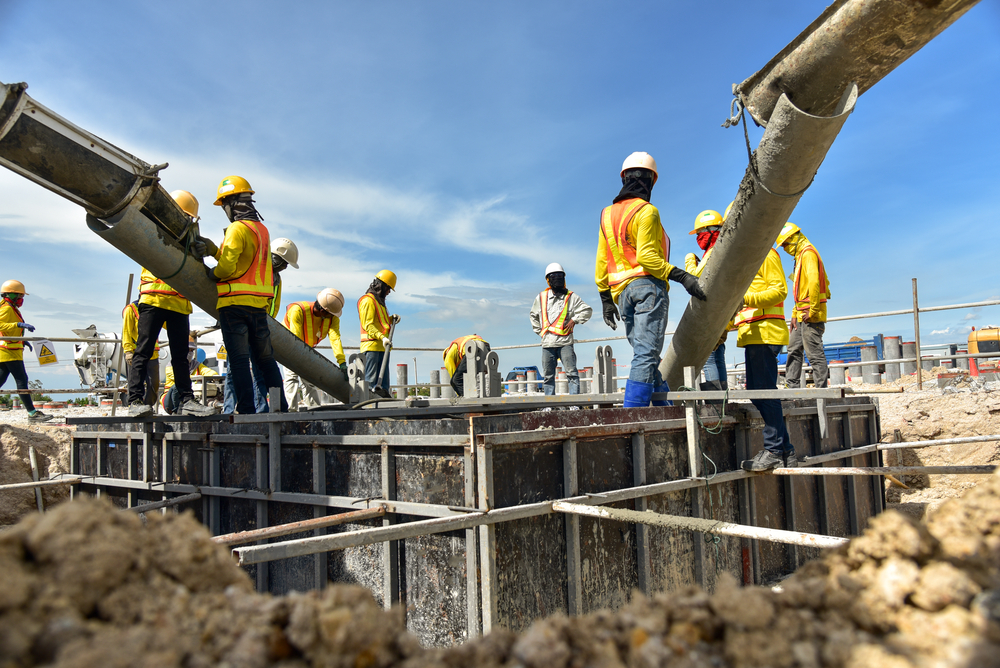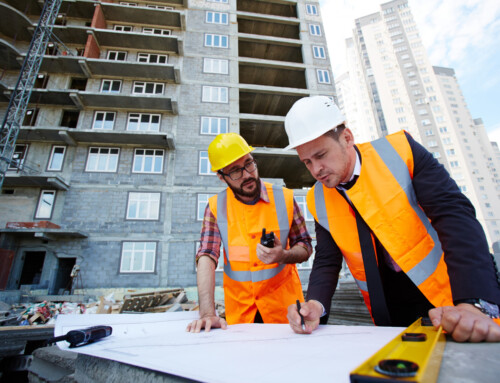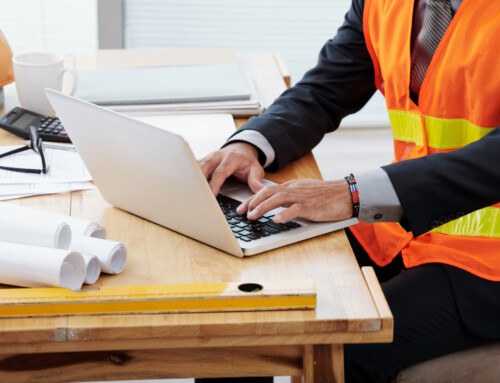As Artificial Intelligence (AI) continues to make strides in various industries, concerns have been raised about the potential impact of AI on the workforce. However, the construction industry stands as a prime example of how AI and automation can coexist with human workers without necessarily leading to job losses.
Bottom Line: The construction industry will need manpower currently and in the near future to keep up operations. According to a recent report by Goldman Sachs, AI technology can only handle 25% of “unpredictable physical work,” which the category of construction falls under.
The Human Touch in Construction
The construction industry is a complex sector that requires a diverse range of skills and expertise. While AI and automation can assist in specific tasks, human workers still play an irreplaceable role in managing the multifaceted nature of construction projects.
The three primary areas in which the construction industry relies on people vs. technology are:
- Human creativity
- Problem-solving
- Adaptability
Because of these key points, construction jobs will still need the human touch for some time to come.
AI as a Complementary Tool
According to the Viatechnik report, AI and automation are not meant to replace human workers but rather serve as complementary tools to enhance efficiency and productivity. AI can be integrated into the construction process to optimize tasks such as project management, scheduling, and cost estimation.
Moreover, AI can provide valuable insights to improve design, safety, and sustainability measures. These technological advancements enable human workers to focus on more complex tasks, thereby improving overall project outcomes.
Skills Adaptation and Retraining
AI and automation in the construction industry will inevitably lead to a shift in the required skill set of the workforce. It is crucial for construction professionals to adapt to these changes and embrace new technologies. Retraining and upskilling programs should be implemented to help workers acquire the necessary skills to work alongside AI and automation, as it develops.
By investing in its workforce, the construction industry can ensure that workers remain a valuable asset and that they get the best jobs available in the industry.
Collaborative Robots
Collaborative robots, or “cobots,” have been developed to work alongside human workers, not replace them. These robots are designed to assist with repetitive, physically demanding, or hazardous tasks, ensuring that human workers can focus on more complex and creative aspects of construction projects.
Cobots exemplify the potential for AI and human workers to complement each other in the construction industry, maximizing productivity while maintaining a human presence.
Conclusion
The integration of AI and automation in the construction industry does not necessarily signal the end of human jobs. Instead, these technologies serve to enhance the capabilities of the human workforce, allowing for increased efficiency, productivity, and safety.
The future of construction lies not in the replacement of human workers, but in the harmonious collaboration between humans and AI.
Want to keep the conversation going? Please click here.






